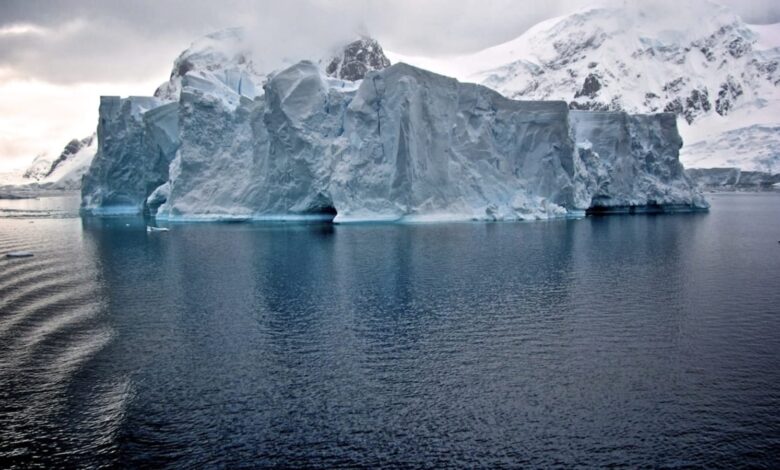Antarctica is turning green at a ‘dramatic’ rate and it is concerning, study reveals why | Trending

Antarctica is undergoing a dramatic transformation, with its icy landscape increasingly turning green. A new study reveals that the rate of this change has accelerated over 30 per cent in recent years compared to the previous three decades. Antarctica’s icy landscape is turning green, with vegetation cover rising tenfold since 1986.(Unsplash) (Also read: Man’s viral video of ‘typical workday in Antarctica is scary) Between 1986 and 2021, researchers observed a staggering increase in vegetation cover across the Antarctic Peninsula, soaring from less than one square kilometre to nearly 12 square kilometres. This tenfold rise underscores the significant impact of climate change on one of the world’s last frontiers. The research team, including experts from the University of Exeter in the UK, utilised satellite data to track the “greening” of the Antarctic Peninsula, highlighting the urgent consequences of a warming planet. “This recent acceleration in the rate of change in vegetation cover (2016-2021) coincides with a marked decrease in sea-ice extent in Antarctica over the same period,” the authors wrote in the study published in the journal Nature Geoscience. The study provides evidence that a widespread greening trend, across the Antarctic Peninsula, is under way and accelerating, they said. Antarctica has been shown to be warming faster than the global average, with extreme heat events becoming more common. “The plants we find on the Antarctic Peninsula — mostly mosses — grow in perhaps the harshest conditions on Earth,” corresponding author Thomas Roland, University of Exeter, said. While only a tiny fraction of the landscape — still largely dominated snow, ice and rock — is colonised plant life, that tiny fraction has grown “dramatically”, showing that even this vast and isolated ‘wilderness’ is affected human-caused climate change, Roland said. (Also read: Rare polar bear shot in Iceland after terrifying encounter with resident. Here’s what happened) Corresponding author Oliver Bartlett, University of Hertfordshire, UK, said that as the climate warms and these plant ecosystems establish themselves more, it is likely that the greening will increase. “Soil in Antarctica is mostly poor or non-exent, but this increase in plant life will add organic matter, and facilitate soil formation — potentially paving the way for other plants to grow,” Bartlett said. Calling for further research to look into the processes that are driving the greening trend, the researchers said that the study raised serious concerns about the future of Antarctica. “The sensitivity of the Antarctic Peninsula’s vegetation to climate change is now clear and, under future (human-caused) warming, we could see fundamental changes to the biology and landscape of this iconic and vulnerable region,” Roland said. “In order to protect Antarctica, we must understand these changes and identify precisely what is causing them,” he added.







